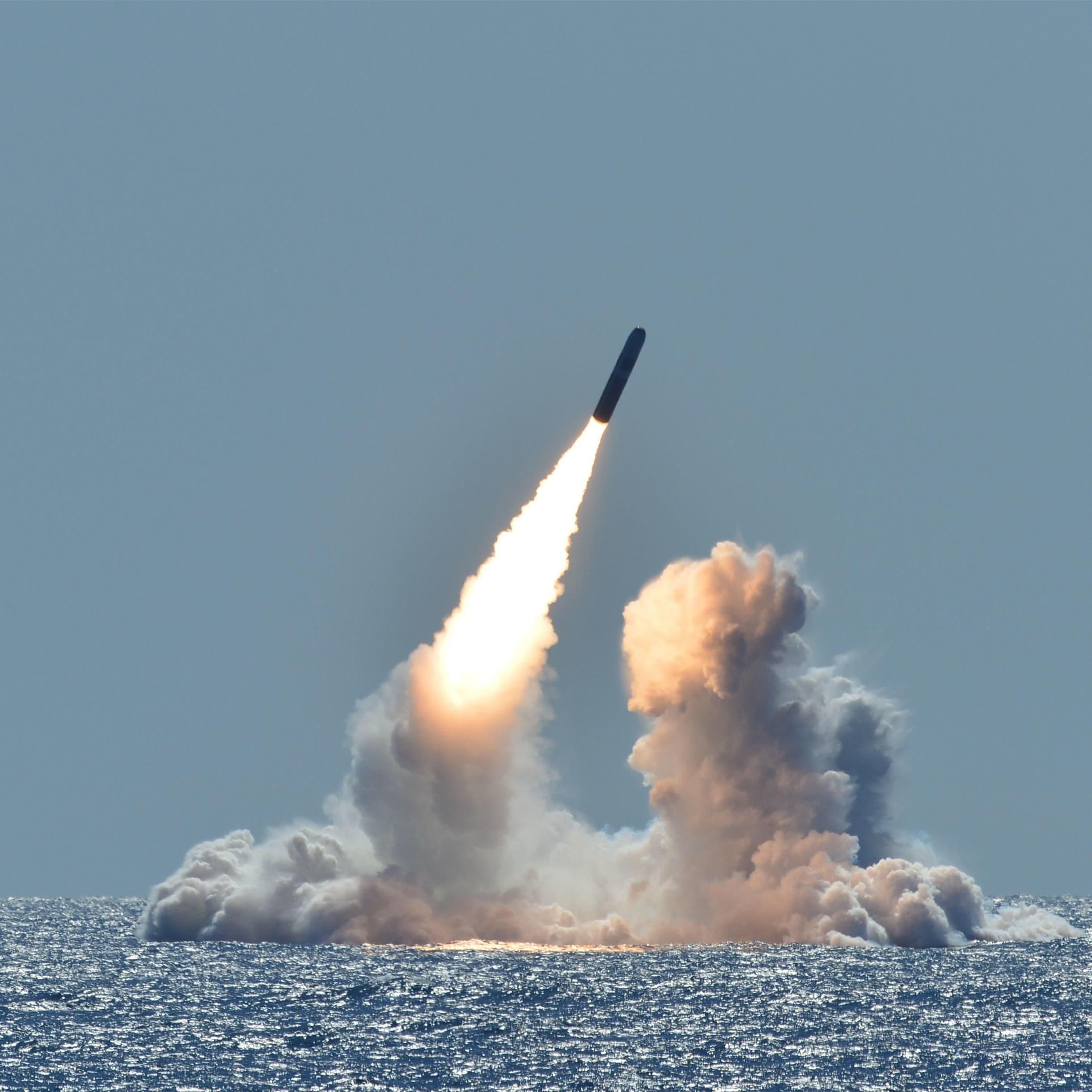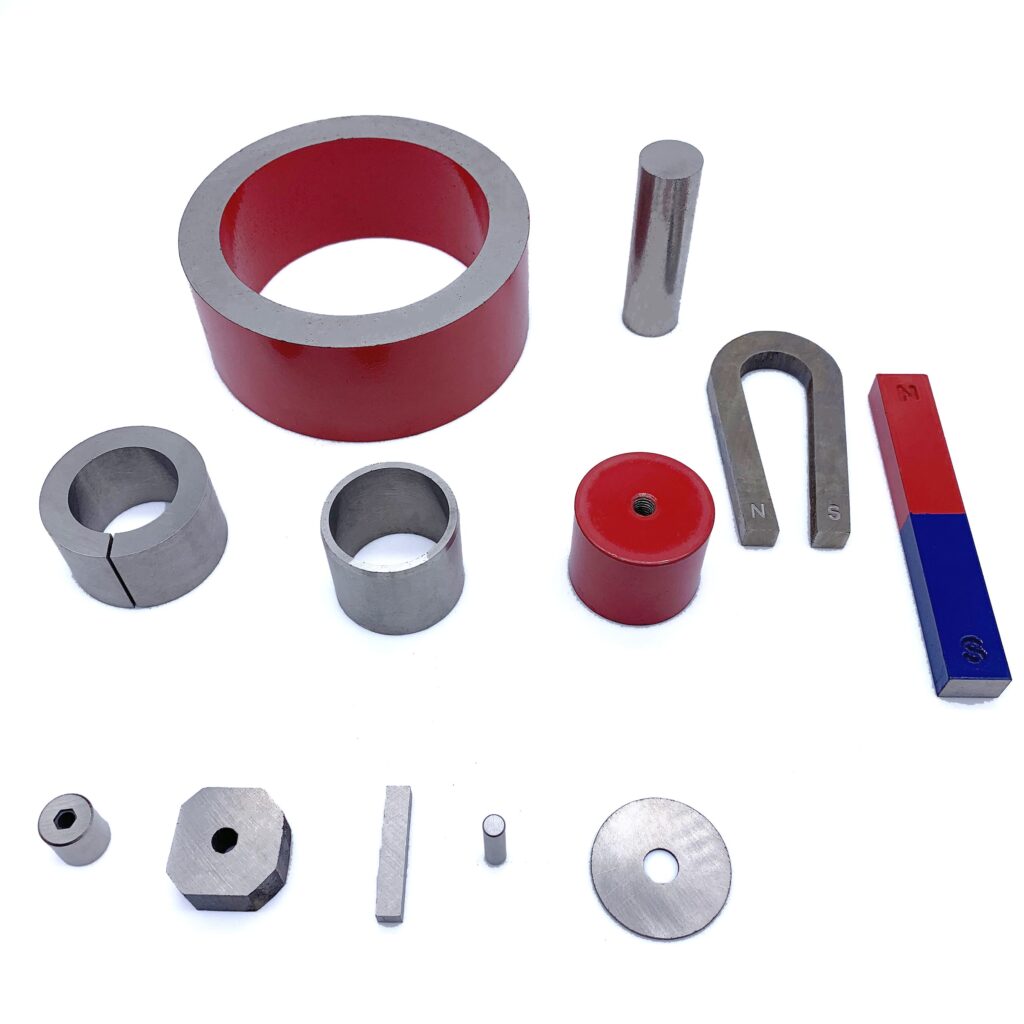Here’s how to identify the Alnico magnets mentioned above:
Visual clues:
Luster: Alnico magnets usually have a metallic luster, while ferrites (ceramics) are usually dark gray and lack luster. Neodymium (NdFeB) magnets can also have a shiny appearance, but it may be a brighter silver or gray. Samarium cobalt magnets usually have a dark gray appearance. FeCrco magnets are available in dark gray or black.
Magnet structure (if visible): Look at the back if possible. Alnico magnets usually show only the pole pieces. Ceramic magnets usually have one or two solid magnetic rods on the back. NdFeB magnets may also have visible pole pieces, but sometimes they are wrapped.
Alnico can vary in shades, with some appearing darker or having a rough texture.
Gaussmeter: This instrument directly measures the strength of the magnetic field. Alnico magnets have a magnetic field strength (measured in Gauss or Tesla) that is between that of most ferrite and neodymium magnets.
The most accurate measurement is the demagnetization curve, which includes parameters such as remanence, coercivity, and maximum magnetic energy product. Generally, factories have special measuring instruments that can measure it.
Temperature resistance: The high temperature resistance of alnico magnets is worse than that of neodymium, but not as good as that of ferrite. If the magnet is used in a high temperature application, it is unlikely to be neodymium.
Brittleness vs. Ductility: Alnico magnets are brittle, while neodymium is more resistant to chipping. If the magnet shatters on impact, it is most likely an Alnico magnet.
If you are interested in Alnico magnets or other magnets or have samples that need to be measured, please contact sales11@hsmagnet.com WhatsApp/Wechat: +86 19858146491, thank you for reading



